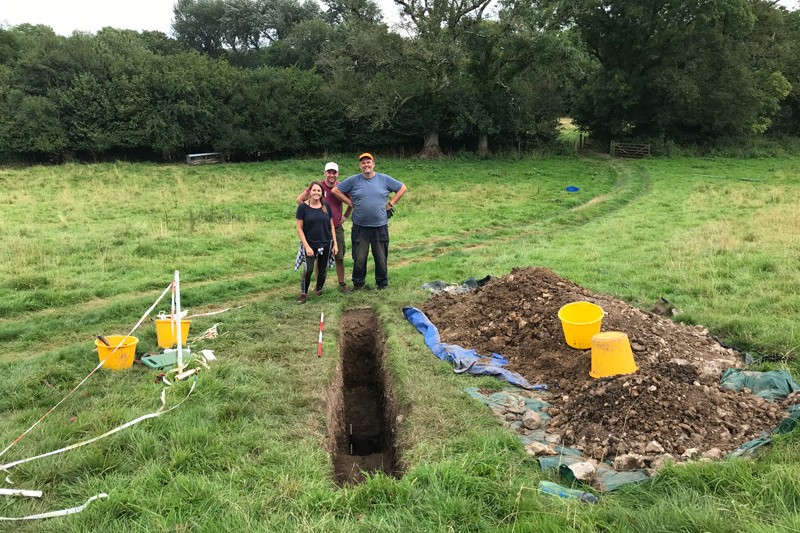Death rates at two large hospitals fell by more than 15% after nurses started using handheld computers instead of paper charts to record patients’ vital signs, according to a paper co-authored by researchers including Bournemouth University’s (BU) Gary Smith.
The drop in mortality represents more than 750 lives saved in a single year across the two sites, the paper in BMJ Quality & Safety found. The technology was introduced in the Queen Alexandra Hospital in Portsmouth and University Hospital in Coventry and the resulting fall in patient deaths has been described as ‘a truly dramatic improvement’.
Handheld devices were used instead of paper records to record patients’ blood pressure, pulse, oxygen levels and other indicators. By using the new technology, vital signs can be monitored more accurately using specialist software, called VitalPAC, which automatically calculates the patient’s Early Warning Score (EWS) to determine if the patient is deteriorating. The software warns the nurse about changes in patient condition so they can increase monitoring of the patient or alert a doctor or a rapid response team.
Using the new system to calculate the severity of the patients’ condition (based on EWS) saves time, reduces errors and could save lives. One of the project leaders, Dr Paul Schmidt of Portsmouth Hospitals NHS Trust, explained.
He said, “Observing patients and making accurate records provides a safety net to guard against their deterioration. We believed traditional paper charts were not doing the job well enough so we designed an electronic system to support staff. This study shows its introduction was followed by a significant drop in deaths.”
Information recorded on the handheld devices is automatically uploaded to a hospital-wide system allowing nurses, doctors and managers to monitor the health of patients across all wards. Staff on ward rounds have instant access to information from any device connected to the hospital network. Also, by speeding up the process, the VitalPAC system gives nurses more time for other tasks.
Dr Duncan Watson of University Hospital Coventry, who also worked on the project, said: “This technology improves the performance of routine but important tasks and frees up clinical staff to do what only human beings can do – care for patients.”
The VitalPAC system was developed by doctors and nurses at Portsmouth working together with health improvement company The Learning Clinic and the impact research conducted by a team of heath care professionals and academics.
BU’s Gary Smith led the clinical team which developed VitalPAC in association with The Learning Clinic and was named NHS Innovator of the Year for the project. He was also a co-developer of the study concept for the research paper and was heavily involved in producing the final paper for publication in BMJ Quality & Safety.
Gary commented, “Our study demonstrates that implementing an IT system, specifically designed using knowledge of ‘human factors’ and the patient care process, can ensure reliability in the collection and recording of vital signs across a hospital site. This appears to have the potential to save many lives in hospital.”


